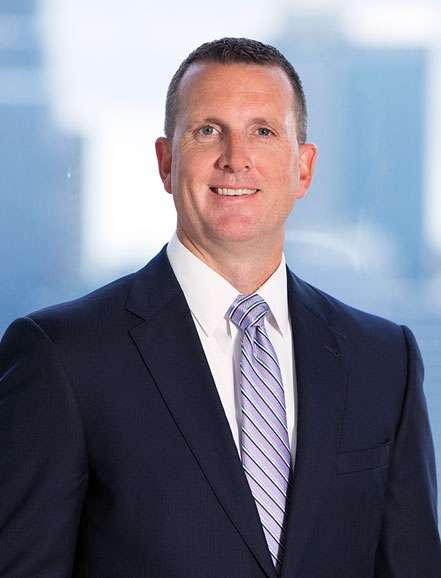Preventing Second Impact Syndrome
The Centers for Disease Control and Prevention (CDC) recommends only returning to sports-related activities after 24 hours or more have passed from the last time the individual experienced concussion symptoms. Unfortunately, coaches can pressure athletes into returning before they should. This can result in SIS. Here’s what the CDC recommends for concussions to athletes:
- Medical examination to assess cognition, balance, neurology, and signs of neurological function deterioration. Medics should consider a history of previous concussions in the evaluation of a patient. No athlete should return to play the same day or receive a “play date” at the time of the emergency department visit.
- Complete cognitive and physical rest until the athlete does not experience symptoms for a minimum of 24 consecutive hours. Then, the athlete can return to light aerobic activity, with no jumping or hard running.
- The athlete can slowly begin to perform moderate activities, and then heavy, non-contact activity that is closer to the athlete’s typical routine. Only after this stage can an athlete engage in full contact practice and then return to normal competition.
Failure to give someone the necessary time to heal after a concussion can result in second impact syndrome should the individual sustain another head injury. Returning to full activities depends on the individual and a tailored recovery plan from a healthcare professional. It may take months for an athlete to reach this level. Understanding the danger of SIS can help prevent this harm from affecting injury victims and others in the future.

